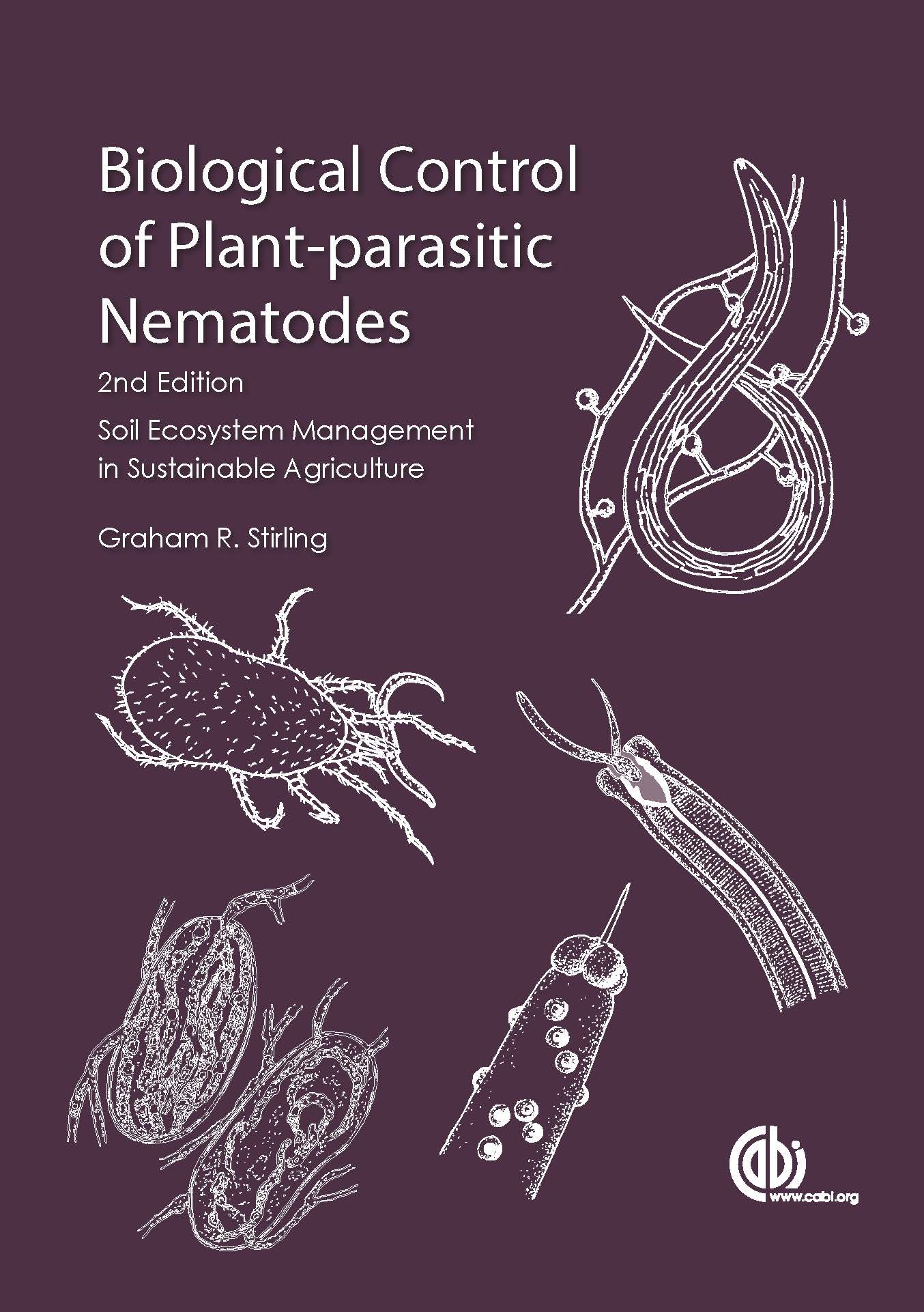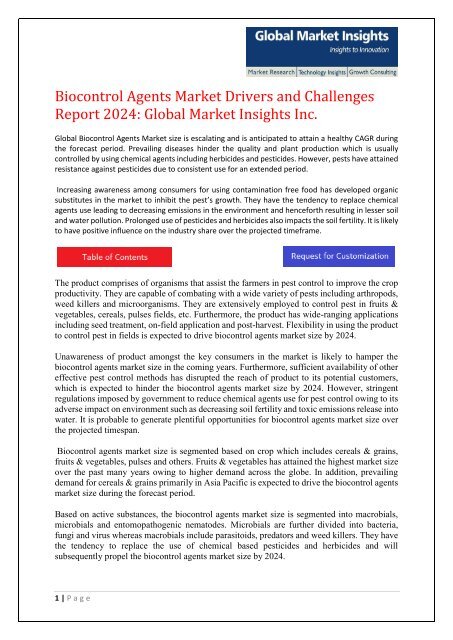

When a host has been located, the nematodes penetrate into the insect body cavity, usually via natural body openings (mouth, anus, spiracles) or areas of thin cuticle. The non-feeding, developmentally arrested infective juvenile seeks out insect hosts and initiates infections. Steinernematids and heterorhabditids have similar life histories. Nematodes have been marketed on every continent except Antarctica for control of insect pests in high-value horticulture, agriculture, and home and garden niche markets.

Hundreds of researchers representing more than forty countries are working to develop nematodes as biological insecticides. Nematodes are amenable to mass production and do not require specialized application equipment as they are compatible with standard agrochemical equipment, including various sprayers (e.g., backpack, pressurized, mist, electrostatic, fan, and aerial) and irrigation systems. Dozens of different insect pests are susceptible to infection, yet no adverse effects have been shown against beneficial insects or other nontargets in field studies (Georgis et al., 1991 Akhurst and Smith, 2002). Most biologicals require days or weeks to kill, yet nematodes, working with their symbiotic bacteria, can kill insects within 24-48 hours. This high degree of safety means that unlike chemicals, or even Bacillus thuringiensis, nematode applications do not require masks or other safety equipment and re-entry time, residues, groundwater contamination, chemical trespass, and pollinators are not issues. These multi-cellular metazoans occupy a biocontrol middle ground between microbial pathogens and predators/parasitoids, and are invariably lumped with pathogens, presumably because of their symbiotic relationship with bacteria.Įntomopathogenic nematodes are extraordinarily lethal to many important insect pests, yet are safe for plants and animals. The only insect-parasitic nematodes possessing an optimal balance of biological control attributes are entomopathogenic or insecticidal nematodes in the genera Steinernema and Heterorhabditis. mermithids) to mass produce, have narrow host specificity against pests of minor economic importance, possess modest virulence (e.g., sphaeruliids) or are otherwise poorly suited to exploit for pest control purposes. A very few cause insect death but these species tend to be difficult (e.g., tetradomatids) or expensive (e.g.

Other species are beneficial in attacking insect pests, mostly sterilizing or otherwise debilitating their hosts. Many of the parasitic species cause important diseases of plants, animals, and humans. Colorless, unsegmented, and lacking appendages, nematodes may be free-living, predaceous, or parasitic. Randy Gaugler, Department of Entomology, Rutgers University, New Brunswick New Jersey Shapiro-Ilan, USDA-ARS, SEFTNRL, Byron, GA & (Rhabditida: Steinernematidae & Heterorhabditidae)īy David I.


 0 kommentar(er)
0 kommentar(er)
